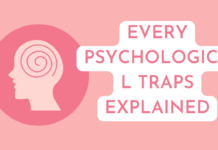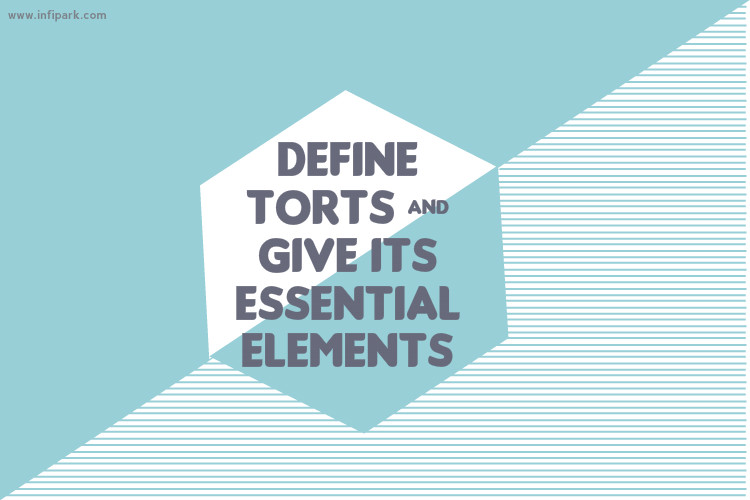Ques. Define Torts & Give its essential elements.
Ans. The term ‘Tort’ has been derived from the Latin word ‘Tortum’ which means to twist or to crook or a wrongful act rather an act which is straight or lawful. The word tort is equivalent the word wrong in English & delict in Roman. The word tort was used first time in case of Boulten Vs Hardley.
Definition – Tort is completely based on common law of England which is uncodified & also tort is a progressive law, so it is very difficult to give a certain definition of this word, but various eminent jurists defined the term tort in following manner –
“Tort is a civil wrong which is repressible by an action for unliquidated & which is other than a mere breach of contract or breach of trust … Sec 2(m) of Indian Limitation Act, 1963
“Tort is a civil wrong for which the remedy is a common law activity for unliquidated damages & which is not exclusively the breach of a contract or the breach of a trust or other merely equitable obligation” …….Salmond
“Tortious Liability arises from the breach of duty primarily fixed by the law: this duty is toward persons generally and its breach is redressible by an action for unliquidated damages” ……Winfield
“Tort is an infringement of a right in Rem of private individual giving a right of compensation at the suit of the injured party” ……….Fraser
Essentials of Torts – On the analysis of the above definitions we find some common elements which are necessary to constitute a tort –
1. A wrongful act or omission committed by the one person;
2. The wrongful act or omission must result in legal damages to another person;
3. The wrongful act must be of such a nature as may give rise to a legal remedy in the form of an action for damages.
Essentials of Torts
Act or Omission Legal Damages Legal Remedy
Damnum sine Injuria Injuria sine Damnum
[1] Wrongful Act or Omission – To determine Liabilities in tort it must be proved that the act or omission done by the one person was a wrongful. The act or omission must be legally wrongful. Violation of moral, social & religious rights does not come under the category of torts.
[2] Legal Damages – Another essential element is wrongful act or omission committed by one person must result in legal damages to the other i.e. such act or omission resulted into violation of legal rights of another person.
[3] Legal Remedy – To be successful in action for torts the last essential is that the wrongful act or omission must come under the category of wrongs for which the remedy is civil action for damages.
Ques. Whether breach of a moral, religious or social right constitutes tort?
Ans. To constitute a tort it is essential that a wrongful act or omission committed by one person must result in legal damage to the other & the other person have the right or legal Remedy. So, it is clear that only violation of legal right constitutes tort, nor the violation of Moral, Religious or Social Right.
Ques. Whether tort is a codified law?
Ans. Tort is not a codified law in India, the reason behind that it is based on Common law of England which is unwritten & uncodified. Secondly, it is an ever growing law and the court is expanding its horizon continuously by recognizing new tort. In India it is to be tried to codified tort in state of Karnataka as the name of Law Of Tort’s.
Ques. How many sections are there in a Law of Torts?
Ans. Since torts is not codified in India, so there arise no question of having sections in an uncodified law.
Can the same act be a tort, Crime & breach of contract – In fact tort, crime and breach of contract are three different kinds of wrongs, however there are certain circumstances in which the same act may amount to tort, crime as well as breach of contract. For e.g. – A purchase, a motor car and contracts the municipality that he will not drive faster than a prescribed speed in the city. There is also a provision in the Penal Code of that state that if A drives negligently with a fast speed he will be punished. A committing the breach of the terms of the contract drives the car negligently and fast and there by harms B. Here A is liable for his negligent act in tort, crime as well as breach of contract. B is entitled to file a civil suit for damages, the state will prosecute A in criminal court to get him punished and the municipality will file a suit for the breach of contract.










